As hectic as it can sometimes feel, London is actually one of the UK’s greenest cities, home to 3,000 parks of all shapes and sizes and 1,500 sites of conservation importance. Finding urban wildlife is not hard, you just have to know where to look. From the small herds of fallow deer who have called Clissold Park their home since the 1800s to the famous pelicans of St. James’s Park, here’s where to go if you’re looking for wildlife in London.
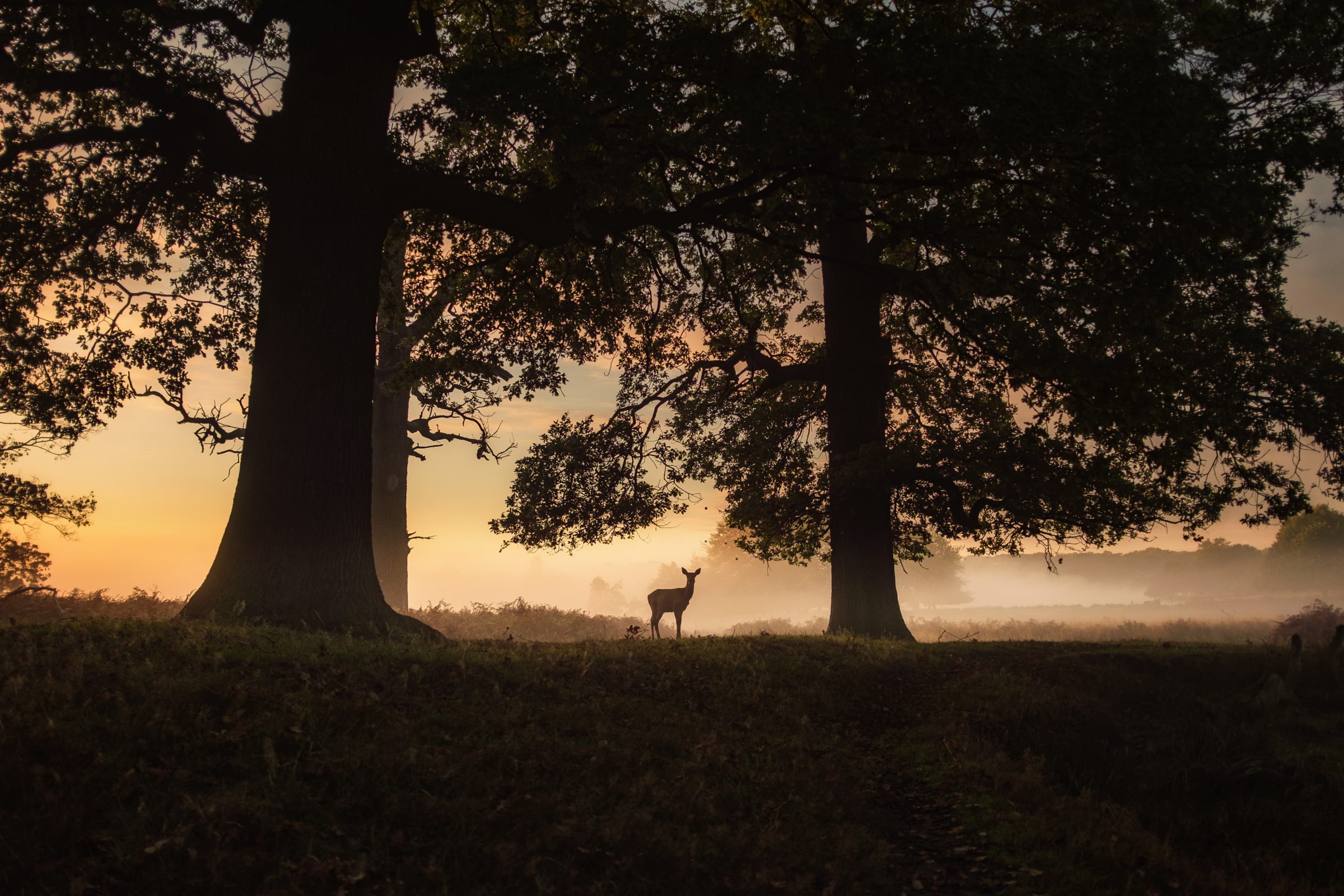
Where to spot wildlife in London
In this guide
-
Wildlife in London
- Richmond Park – Wildlife heaven
- Walthamstow Wetlands – A birdlife bolthole
- St James's Park – Wildlife existing alongside humans
- Holland Park – An ostentation of peacocks
- Victoria Park – Trees of the world and urban wildlife
- Hyde Park – Flora, fauna, and incredible mating rituals
- Mudchute Park and Farm – An urban farm
- Clissold Park – A North London gem
- Sydenham Hill Wood – A historic woodland
- Greenwich Peninsula Ecology Park – A four-acre nature reserve
- Camley Street Natural Park – An urban oasis
- WWT London Wetland Centre – Otterly beautiful
- Gillespie Park – Haven for nature in Islington
Wildlife in London
Wildlife heaven
Richmond Park is a National Nature Reserve renowned for its abundance of local wildlife, including 350 free-roaming fallow deer and 300 wild red deer, which have called the park their home since 1637. The deer play an integral role in the upkeep of the park, maintaining the grassland and ensuring it’s kept open. The park is also home to a wide variety of birdlife (144 species recorded in the past 20 years), including ring-necked parakeets, Mandarin ducks and great spotted woodpeckers. There are more than 100,000 trees in the park, meaning it’s also an important area for bats. There are 17 species of bat in the UK, and 11 of them can be found in Richmond Park.
-
Richmond Park, Richmond
- Website
- Read more on Thatsup
A birdlife bolthole
Walthamstow Wetlands is a 211-hectare site recognised as an internationally-important nature reserve and reservoir where you can connect with nature without going too far from the city centre. You'll find a variety of wildlife here, from overwintering wildfowl like pochard and gadwall, breeding birds such as little egrets, grey herons, and tufted ducks and swifts (best seen in spring), kingfishers, and peregrine falcons, which can be seen year-round. It's not only rich with birdlife, but it's also home to invertebrates like dragonflies, speckled wood butterflies, thick-kneed beetles, and damselflies. You should also keep your eyes peeled for bats and amphibians.
-
2 Forest Road, Walthamstow/Haringey/Waltham Forest
- Website • 020-398 974 48
- Read more on Thatsup
Wildlife existing alongside humans
Despite St James's Park welcoming over 16.9 million visitors every year, it's still home to a variety of wildlife and is a perfect example of wildlife successfully co-existing and growing alongside humans. The park provides habitats for many bird species, including 15 species of waterfowl and pelicans that were first introduced to the park in 1664. You can also spot wood mice, brown rats, and plenty of grey squirrels. It's a precious space for wildlife right in the beating heart of the city, home to plane trees and a stunning lake protected by habitat conservation programmes.
-
St James's Park, Westminster
- Website
- Read more on Thatsup
An ostentation of peacocks
Holland Park is the largest park in Kensington and Chelsea, famous for its Japanese-inspired Kyoto Garden. The park is a kaleidoscope of incredible flora, fauna, greenery and perfectly manicured lawns, attracting a range of wildlife, from the Egyptian goose and tawny owl to grey herons and great spotted woodpeckers. It’s also famously home to a muster of peacocks and peahens, usually spotted pottering around the outskirts of the Kyoto Garden. Many people don’t realise that peacocks can fly, so be sure to look up into the treetops if you’re visiting around dusk.
-
Holland Park, Kensington
- Website
- Read more on Thatsup
Trees of the world and urban wildlife
Victoria Park is one of London’s oldest and most important historic public parks and has been visited by local Londoners for nearly 170 years. The park is the habitat of plenty of urban wildlife, like grey squirrels and many bird species, from common redstarts and pied flycatchers to Canadian geese, kingfishers and more. The park’s boating lake also sees plenty of ducks, swans and geese basking on the water. The West Park also has a 1.4-mile walk called Trees of the World, where you can see 14 grand specimens along the 45-minute trail.
-
Victoria Park, Tower Hamlets
- Website
- Read more on Thatsup
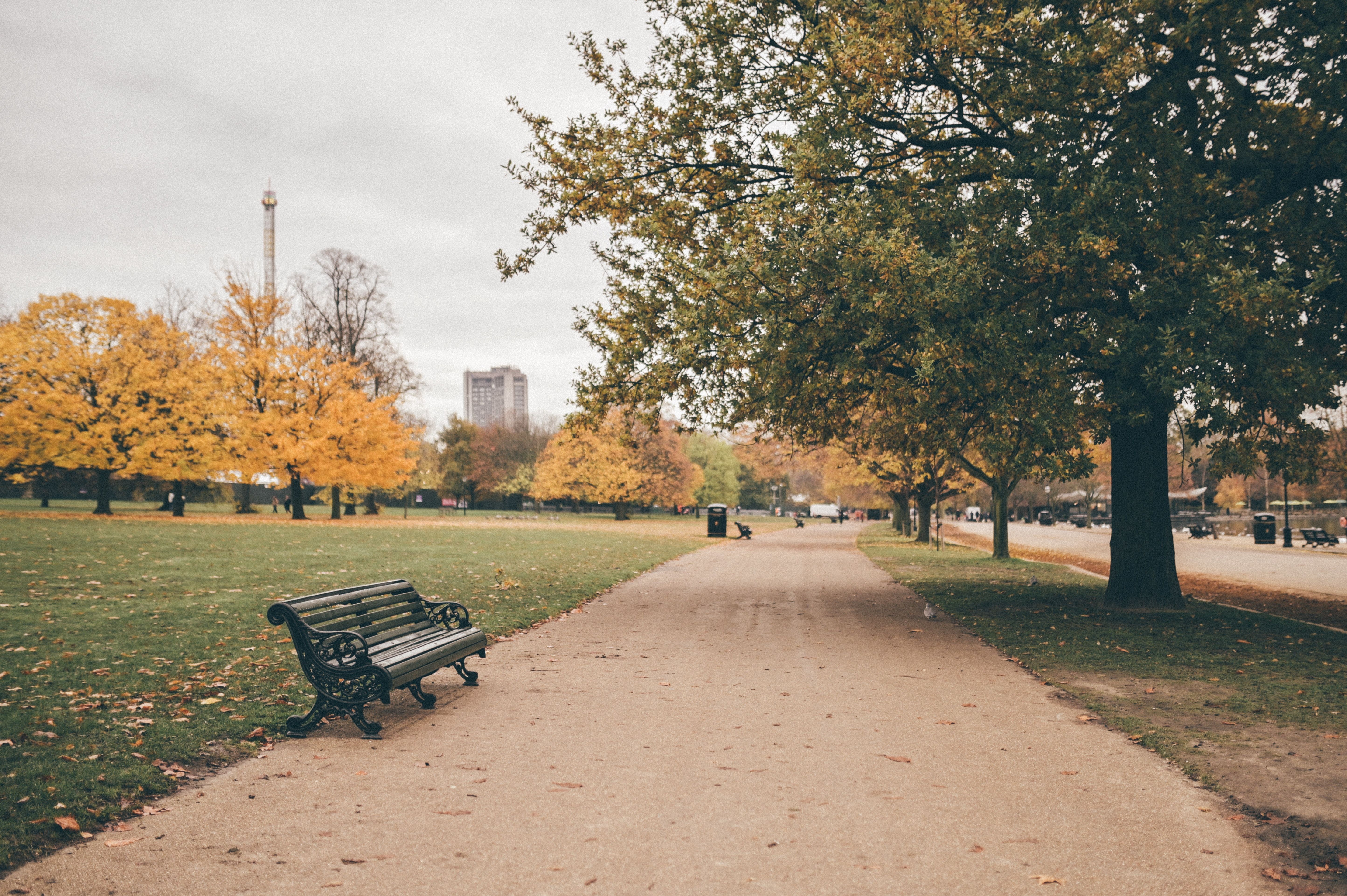
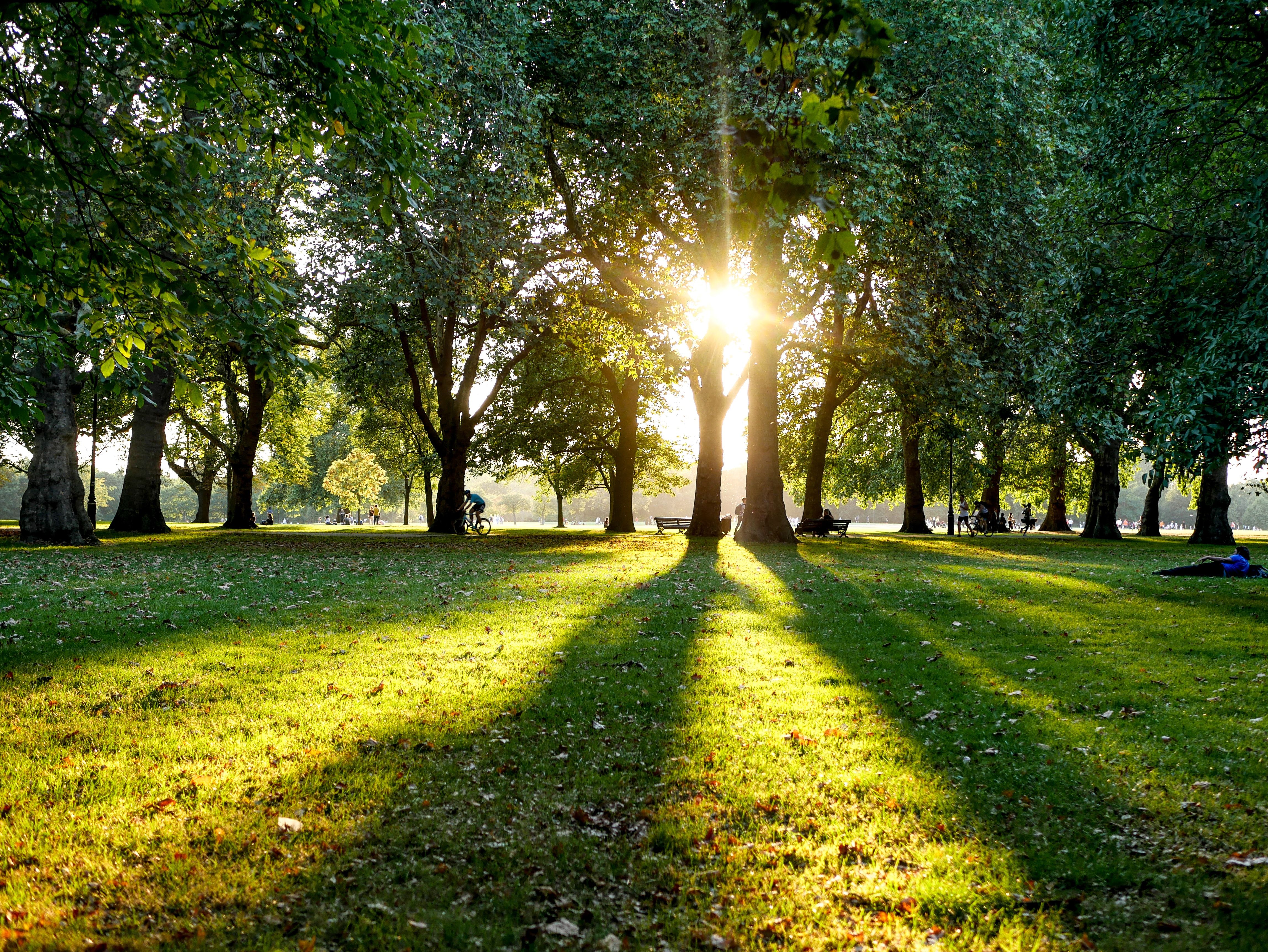
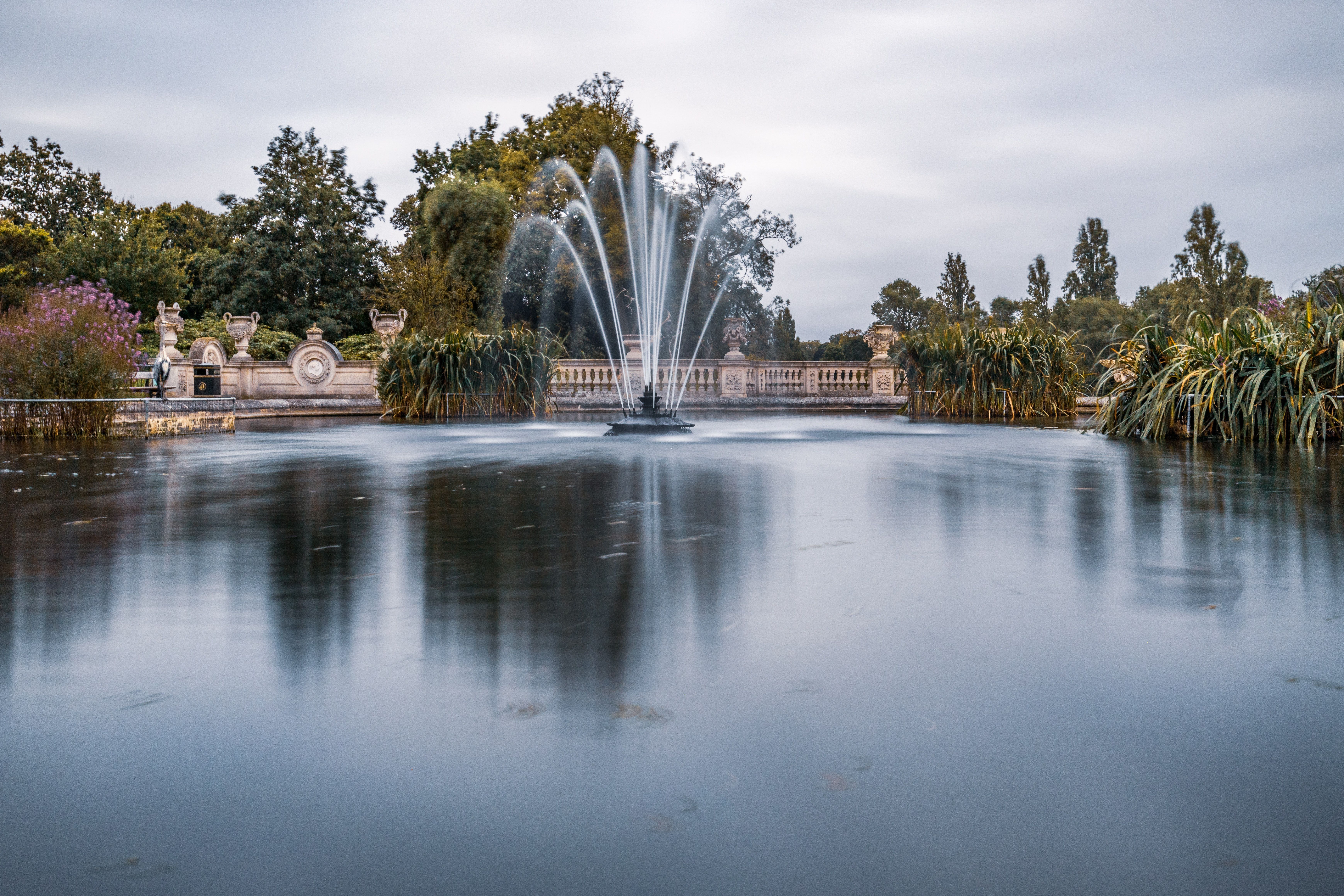
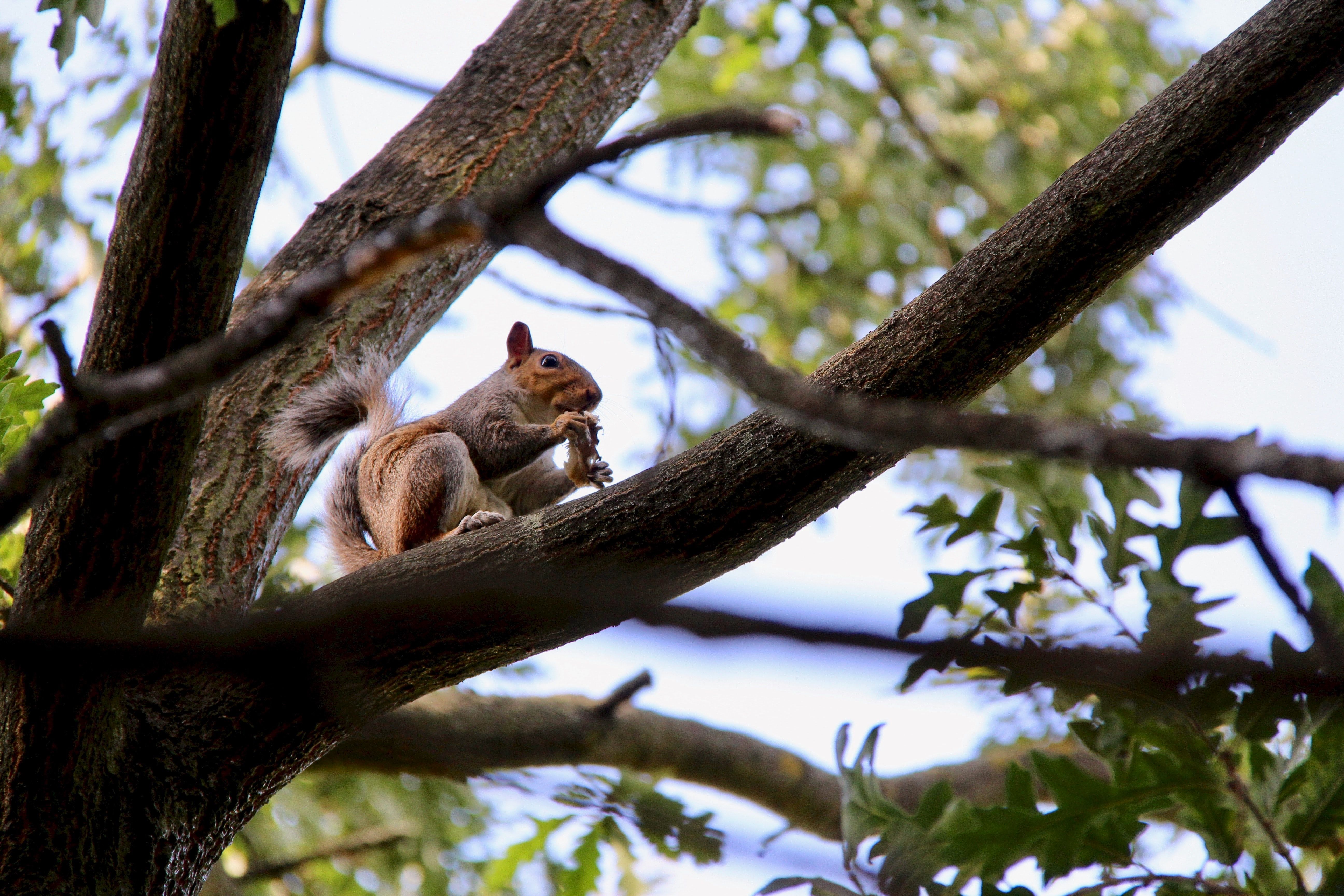
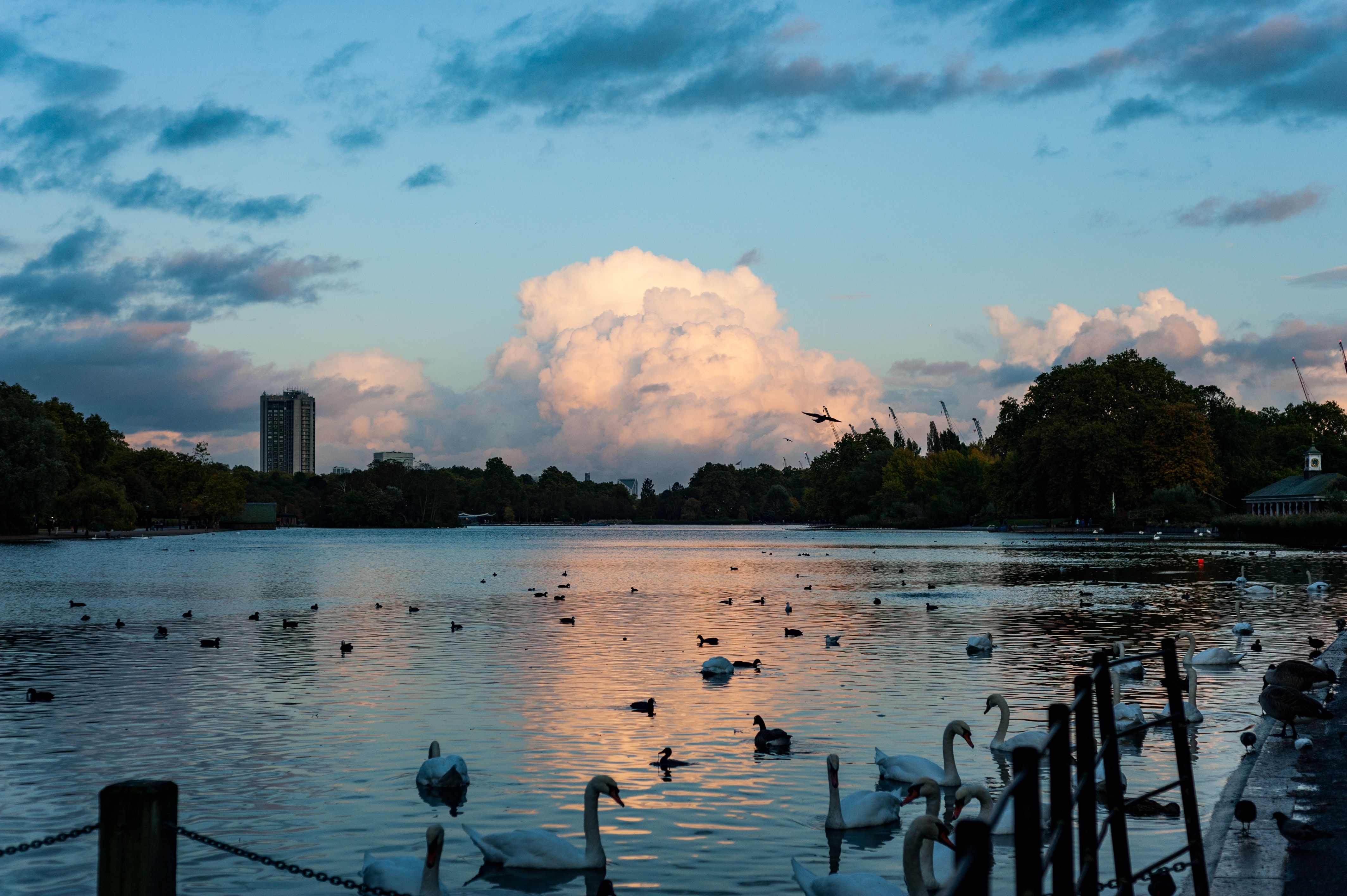
Flora, fauna, and incredible mating rituals
Hyde Park is an iconic Grade I-listed city park providing an essential habitat for various species of flora and fauna. The meadow area attracts countless butterflies throughout the summer months whilst all the trees and shrub beds provide a home for birdlife, including tits, robins, and dunnocks. The Serpentine sees wildfowl freely roaming and great crested grebes, famed for their spectacular courtship dance. The lake also attracts plenty of insects that then attract bats, best viewed on the Dell bridge around dusk.
-
Hyde Park
- Website
- Read more on Thatsup
An urban farm
Mudchute Park and Farm is a community charity farm set across 32 acres of English countryside. It’s a working farm that hosts a range of educational activities and seasonal events. There’s also a daily farm routine where you can see animals during feeding time. The farm is home to a wide variety of livestock, plants and wildlife, including pigs, sheep, goats, llamas, birds and more.
-
Pier Street, Canary Wharf/Tower Hamlets
- Website • 020-751 559 01
- Read more on Thatsup
A North London gem
This North London park straddles the border of Highbury, Dalston, Stoke Newington, and Finsbury Park. It's home to two lakes, a paddling pool, and an animal enclosure with goats, birds, and a small herd of fallow deer who have been residents of Clissold Park since 1890. If you look close enough, you might even see the local terrapins cruising along the surface of the lakes alongside swans, ducks, and geese.
-
Green Lanes, Stoke Newington
- Website • 020-835 630 00
- Read more on Thatsup
A historic woodland
This ancient woodland is not only a paradise for keen dendrophiles, but it also provides a habitat for a range of wildlife, including tawny owls, the elusive stag beetle, and plenty of fungi. This nature reserve is managed by London Wildlife Trust and is one of the largest remaining parts of the ancient Great North Wood. You'll find more than 200 species of trees and plants and open glades which attract rare butterflies, like the silver-washed fritillary.
-
Lammas Green
- 020-726 104 47
- Read more on Thatsup
A four-acre nature reserve
Greenwich Peninsula Ecology Park is a four-acre nature reserve located a stone's throw away from the O2 arena. It's home to a wide variety of wildlife, including insects like wasp spiders, nesting common terns and reed warblers. It's also home to frogs and wetland plants, like flag iris and ragged robin.
-
Greenwich Peninsula Ecology Park - TCV, Greenwich
- Website • 020-829 319 04
- Read more on Thatsup
An urban oasis
Camley Street Natural Park, located between King's Cross and St Pancras, comprises woodland, lush grassland wetland habitats and marshland. It makes for the perfect habitat for all kinds of wildlife, especially insects, including butterflies and birds, amphibians and a variety of flora and fauna.
-
Camley Street, King's Cross
- Website
- Read more on Thatsup
Otterly beautiful
Spanning 105 acres, the WWT London Wetland Centre is a wildlife haven, home to otters and numerous water birds, perfect for nature walks, relaxation, and educating children about conservation. The centre offers entertaining activities and amenities like a wobbly bridge, swings, and a mud kitchen, complemented by a café for refreshments.
-
Queen Elizabeth Walk, Barnes
- Website • 020-840 944 00
- Read more on Thatsup
Haven for nature in Islington
Gillespie Park is the biggest nature reserve in Islington, covering almost three hectares of ponds, woodland, and meadows. It's home to hundreds of plant species, 94 bird species, and 24 species of butterfly. You can walk around here, visit the ecology centre, or join events, including weekly volunteering activities.
-
Tannington Terrace, Gillespie Road
- Website • 020-752 743 74
- Read more on Thatsup
